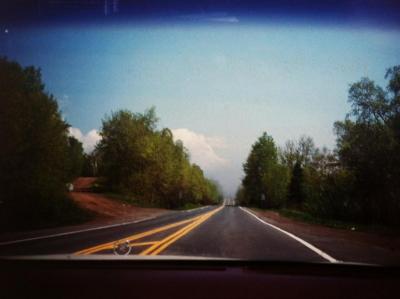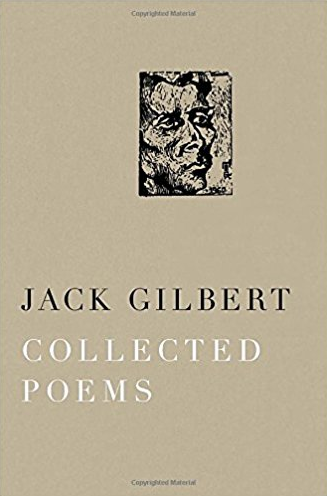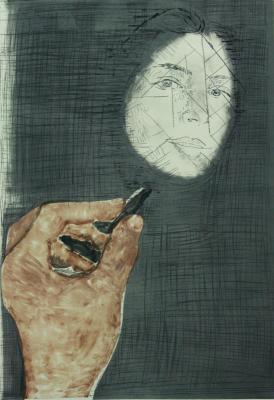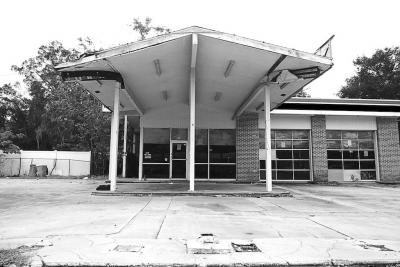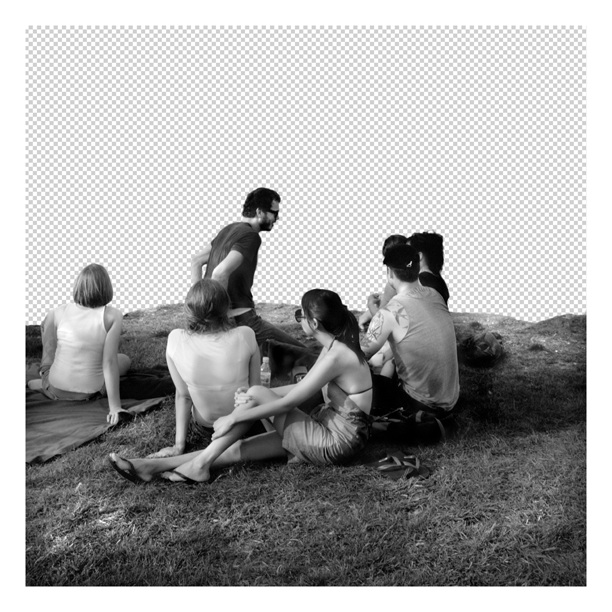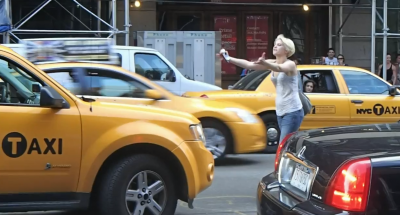A vinyl sombrero. A needlepoint rendition of Gainsborough’s Blue Boy. A macramé lawn chair. If you go to the thrift store with a specific item in mind, you probably won’t find it. You’ll find something else. I forage for the else.
My relationship with the thrift store started a few months after my life-partner died and I dropped off the first bag of clothes he wouldn’t be wearing any more. Before that, in the early weeks of mourning, I couldn’t let anything go. Taking bookmarks out of his books, or emptying his pockets of keys or chapstick, could capsize me. I had no sense of what to hold and what to disown, what was essential and what was peripheral. Everything seemed important, even clothes that Rajiv hated or never wore. Everything he’d touched bore meaning.
